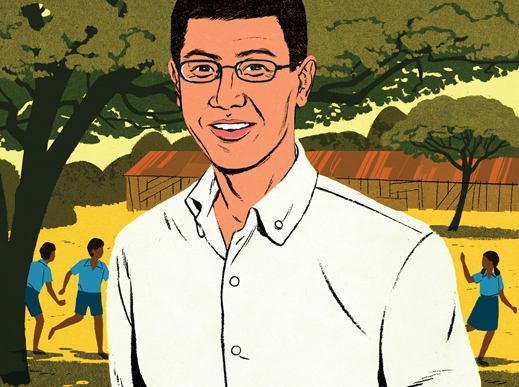Putting technology in its place

Kentaro Toyama is a former Microsoft Research Executive and now an associate professor at the University of Michigan.
Toyama calls himself “a recovering technoholicâ€â€”someone who once was “addicted to a technological way of solving problems.†Five years in India changed him. After getting his PhD in computer science and working on machine vision technologies at Microsoft, Toyama moved to Bangalore in 2004 to help lead the company’s new research center there. He and his colleagues launched dozens of projects that sought to use computers and Internet connectivity to improve education and reduce poverty. But early successes in pilot projects often couldn’t be replicated; in some schools, computers made things worse.
In a book being released this spring, Geek Heresy: Rescuing Social Change from the Cult of Technology, Toyama argues that technologists undermine efforts at social progress by promoting “packaged interventions†at the expense of more difficult reforms.
Toyama, who is now an associate professor in the School of Information at the University of Michigan, was interviewed by MIT Technology Review’s deputy editor, Brian Bergstein.
An excerpt:
I think it’s perfectly sensible for parents to want a certain amount of exposure to technology for their children, both as a form of explorative play and as a way to get them used to technology that they’ll undoubtedly encounter later in their life. I think the fundamental error people make is that, therefore, we should have the computer be the primary instrument of education for all children. That, to me, is a major leap. It’s not clear to me why people seem to make that leap all the time. I think one of the issues is we tend to think of education as being the content. We overemphasize the importance of content, as opposed to emphasizing the part that’s really difficult in any good education, which is adult-supervised motivation—the motivation of the child to learn something.



